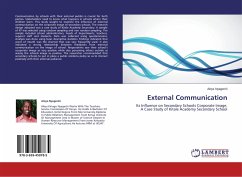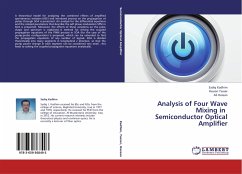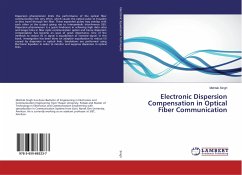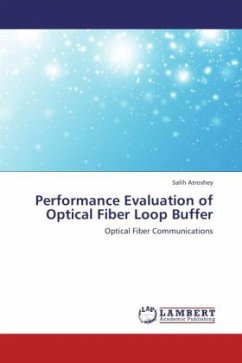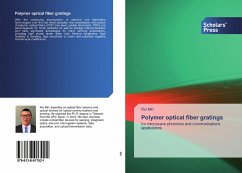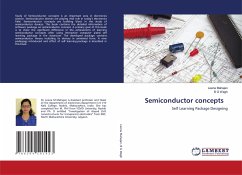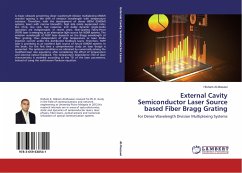
External Cavity Semiconductor Laser Source based Fiber Bragg Grating
For Dense Wavelength Division Multiplexing Systems
Versandkostenfrei!
Versandfertig in 6-10 Tagen
47,99 €
inkl. MwSt.

PAYBACK Punkte
24 °P sammeln!
A major obstacle preventing closer wavelength division multiplexing (WDM) channel spacing is the drift of emission wavelength with temperature variation. Therefore, with the development of dense WDM (DWDM) systems, lasers with narrow linewidth, high side mode suppressed ratio, low chirp, low cost, fast response, and stable dynamic single-mode operation are indispensable. In recent years, fiber-grating Fabry-Perot (FGFP) laser is emerging as an alternative light source for WDM systems. The emission wavelength of FGFP laser depends on the Bragg wavelength of fiber grating, thus independent of ch...
A major obstacle preventing closer wavelength division multiplexing (WDM) channel spacing is the drift of emission wavelength with temperature variation. Therefore, with the development of dense WDM (DWDM) systems, lasers with narrow linewidth, high side mode suppressed ratio, low chirp, low cost, fast response, and stable dynamic single-mode operation are indispensable. In recent years, fiber-grating Fabry-Perot (FGFP) laser is emerging as an alternative light source for WDM systems. The emission wavelength of FGFP laser depends on the Bragg wavelength of fiber grating, thus independent of chip temperature or laser diode injection current unlike the distributed feedback lasers. Therefore, FGFP laser is promising as an excellent light source of future DWDM systems. In this book, for the first time a comprehensive study on laser design is presented. The optimum conditions are obtained by numerically solving the modified laser rate equations, after considering the effect of temperature and external optical feedback. The temperature dependence (TD) of laser characteristics is modeled according to the TD of the laser parameters, instead of using the well-known Pankove equation.



